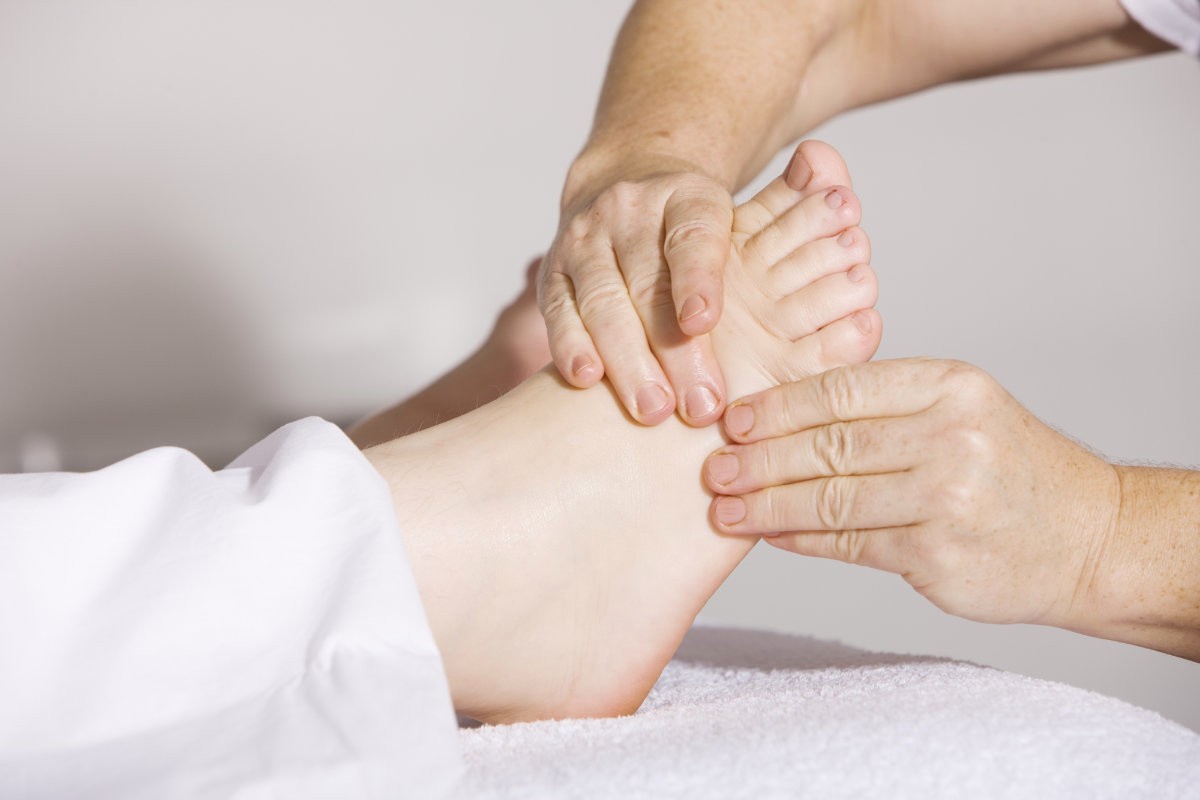If you’ve experienced various reflexology sessions from different therapists, you’re aware that each treatment can differ. Reflexology has ancient roots, which explains why it has undergone modifications and advancements with the passage of time, research and practice. Like other alternative therapies, there are various methods that vary from practitioner to practitioner and location to location. What are these techniques, then?
Rwo Shur Method/Hot Stone Reflexology
The therapist applies intense pressure, occasionally incorporating knuckles and small sticks, while utilizing a unique cream called “Fuss Balsam” to prevent any rubbing on the feet. The goal is to execute swift, smooth hand movements. The technique prioritizes stimulation over relaxation and typically takes approximately 30 minutes. Originating in Taiwan, it is a popular practice throughout various regions of Asia.
The Ingham Method/Universal Method
Eunice Ingham, known as the originator of Reflexology, pioneered the technique that is most commonly utilized in the western hemisphere. This approach involves the use of talcum powder instead of lotion, and emphasizes the achievement of relaxation and equilibrium within the body’s systems. By utilizing the method of “Thumbwalking,” specific pressure is applied to various reflex points located on the feet. While all reflexes are addressed, certain areas may receive more attention depending on the individual needs of the client.
Hot Stones Reflexology
This technique closely resembles the Ingham approach, but instead of relying on thumbwalking and pressure from the practitioner’s hands, the circulation to reflex points is enhanced by utilizing heated and chilled stones.
Zone Reflexology
This came into existence prior to the universal reflexology and employs five regions in both hands and feet. These regions comprise five concealed lines on each foot which partition the body into segments. Dr William Fitzgerald developed this method in the 1900s and it served as the foundation for Eunice Ingham’s “Universal” Method.
New Approaches
As reflexology is widely available and practiced by various professionals, numerous techniques are being explored and tested, incorporating acupressure points, crystals, unique oils, and even magnets.
How to choose a reflexologist?
It is crucial to have absolute trust in the reflexologist you choose, and knowing that they possess the necessary skills, qualifications, and expertise to treat you and your condition professionally. At Professional Reflexology, our members adhere to more rigorous standards than any other association. They must demonstrate that they have received training that meets specific stringent requirements and hold comprehensive insurance coverage.
If you’re searching for a Reflexologist to assist you with specific health issues, it’s crucial to locate a Practitioner who has received a minimum of 100 hours of instruction over a period of at least one year, as well as 100 hours of practical experience. Many institutions provide brief Reflexology courses that only teach how to administer a soothing foot massage, which, while pleasant, will not provide any health advantages to the client other than relaxation. It is crucial to make sure that you select a professional who has complete insurance coverage, possesses a certification in First Aid, and is dedicated to frequent advanced education. Bristol reflexologists at graffitithaimassage.co.uk are professional and well qualified practitioners whom you can trust and depend on for ensured results.





